iPhone 11 vs iPhone XS: we compare the new, and the old, Apple flagships
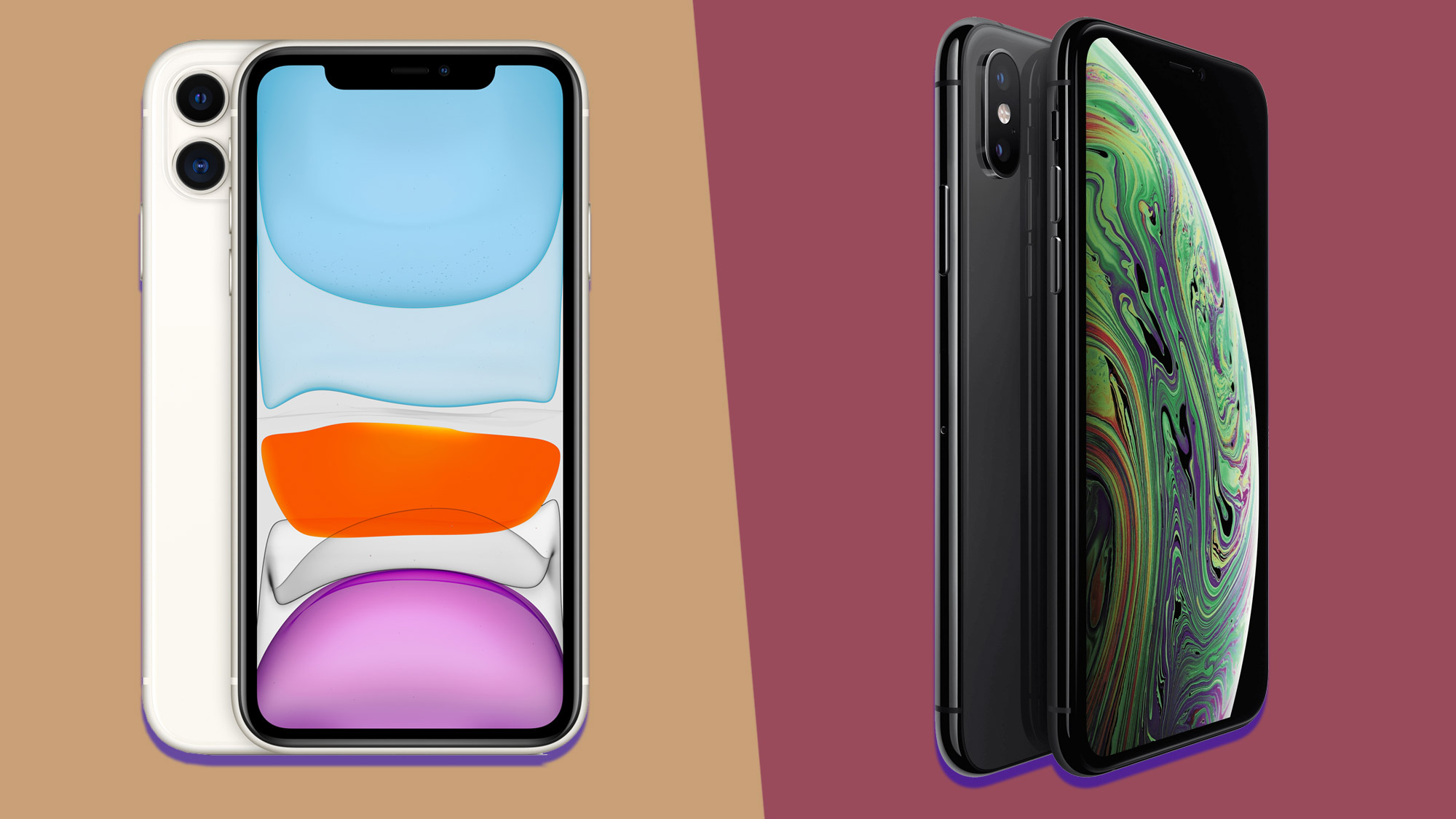
In 2019, Apple shook things up for its iPhones, with naming if nothing else. The iPhone 11 sounded like an upgrade to the iPhone XS, but it was really a successor to the iPhone XR - the most popular model of the 18/19 generation.
Although it requires a smaller cash outlay, the aim is to get away from the suggestion the iPhone 11 is in any way 'cheap'. It doesn’t have the ‘Pro’ moniker, but it still has plenty to offer.
Semantics may well be at play, but such is the way of marketing. Picking a ‘winner between the two devices is complicated, both trade more equal blows than you might expect and may still be worth your consideration even though an iPhone 12 is on the horizon. Let’s dig in.
iPhone 11 vs iPhone XS design
The iPhone 11 is more visually striking than the iPhone XS in a few ways. First, it’s slightly larger. Also, it comes in six colors instead of three muted ones.
These shades include purple, white, “Product Red”, green, black and white.
The iPhone 11 also has a new milled glass back. Its camera housing sticks out slightly, and Apple added contours to a single piece of rear glass rather than taking the 'easy' route. Most companies would simply use a separate piece of glass for the camera cover.
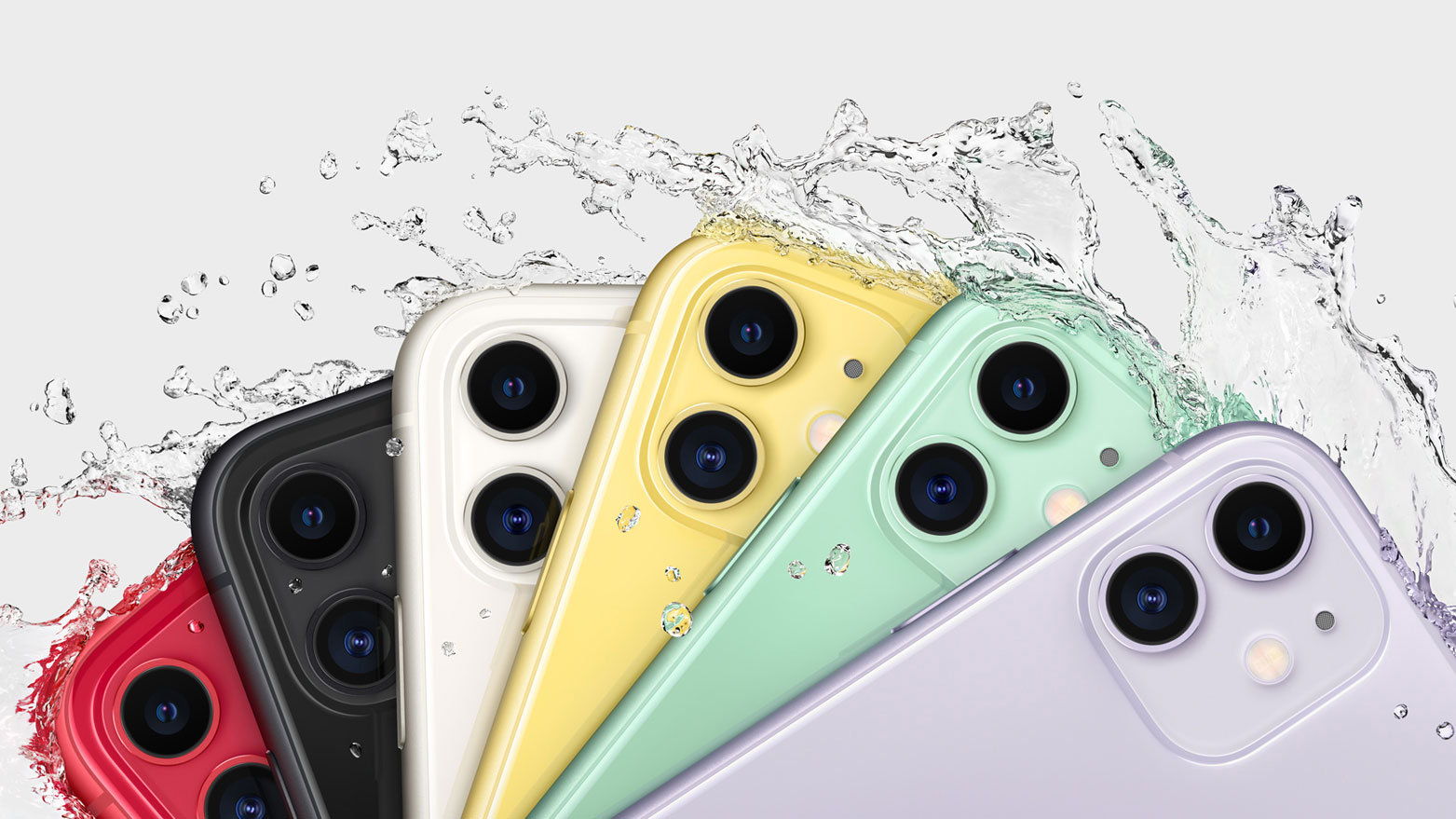
Both phones are a metal and glass sandwich. Glass panes sit on the front and back, a band of metal runs around the sides holding them together.
Sign up for breaking news, reviews, opinion, top tech deals, and more.
The metal used is different, though. Apple uses aluminium in the iPhone 11, stainless steel in the iPhone XS. This is a classic case of ultra-high-end meeting simply 'normal' high-end design clashing. As aluminium is softer than steel, the iPhone 11 is also a little more susceptible to scuffs and dings than the iPhone XS.
The bezel surround the screen is also slightly thicker in the iPhone 11, just as they were in the iPhone XR - though this is a byproduct of the LCD screen technology used.
There is one practical design benefit to the iPhone 11, though, as it has tougher glass than the iPhone XS. Both phones also have water resistance tested at 2m depth for 30 minutes.
iPhone 11 vs iPhone XS display
The displays of these phones are very different, even if they do look similar at arm’s length. Both have the classic iPhone notch style, first begun by the iPhone X,, which doesn't help comparisons.
Apple’s new iPhone 11 has a slightly larger screen, at 6.1 inches to the iPhone XS’s 5.8 inches. And the tech behind the surface is completely different.
The older iPhone XS has a higher pixel density, with 1125 x 2436 pixels to the iPhone 11’s 828 x 1792. Both achieve a ‘Retina’ screen, meaning a real difference in sharpness will not be noticeable to the naked eye from a distance, but those looking close for one will find it.
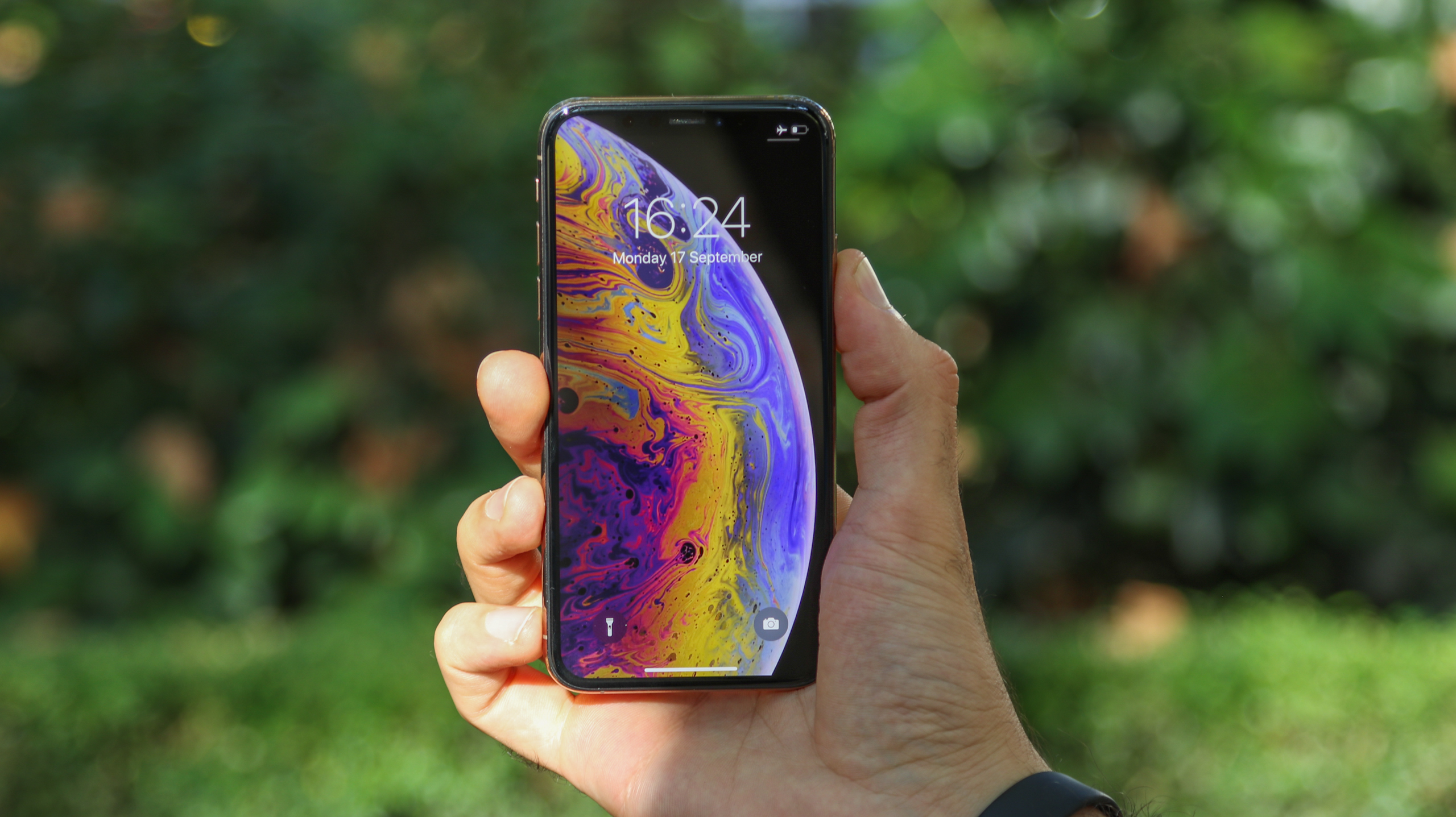
Panel technology is different too. Apple’s iPhone XS features an OLED panel with almost infinite blacks and very deep, rich color with plenty of pop. The iPhone 11 has an LCD screen with a universal backlight, which means blacks won’t look perfectly black in a very dark room. Colors on both units are satisfying, however the LCD screen on the iPhone 11 is very color accurate.
However, Apple uses some of the best LCD panels around, so don’t think this is a reason to turn your nose up at the iPhone 11. Brightness should be similar too. Apple rates the iPhone 11 at 625 nits, and most readings say the iPhone XS manages slightly over 600 nits, both will suffice for a bright day outdoors.
Side by side the iPhone XS will likely look a bit bolder than the iPhone 11. But equally you could argue the extra size makes the iPhone 11 better for both video and games, even if they aren’t always quite as sharp when you look critically.
iPhone 11 vs iPhone XS camera
The iPhone generation camera comparison is a little challenging. Both phones have dual rear cameras, but where the iPhone XS’s second camera has a telephoto lens with 2x magnification, the iPhone 11 has an ultra-wide lens.
If you want optical zoom in a new iPhone, you’ll have to upgrade to the iPhone 11 Pro or 11 Pro Max, which costs around $300 / £300 more.
All four of these phones’ rear cameras have 12-megapixel sensors, but is an ultra-wide better than a zoom? It depends on context. If you want to capture a big group of people or emphasise the scale of a building, you want an ultra-wide. Want to get closer to the action without moving? You need a zoom.
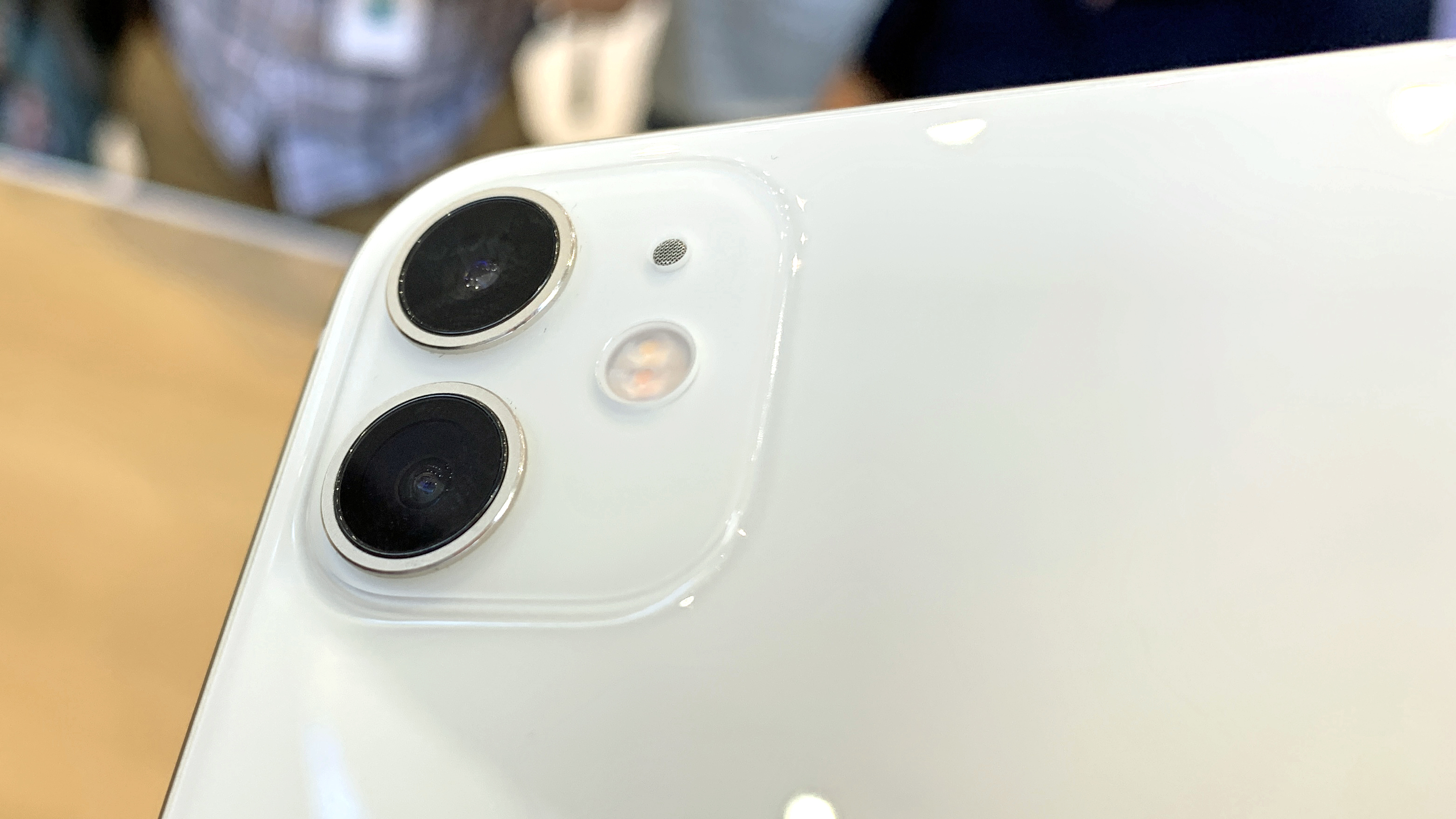
A zoom is likely more important in making people’s images 'better', as so many of us still use digital zoom rather than moving to compose with a standard 26mm-ish lens.
The iPhone 11 does have some real advantages, though. It has Apple’s new Night mode, which merges nine exposures to get the same kind of bright, high dynamic range shots you might get from a Huawei P30 Pro. Low-light image quality has been an iPhone weak point for several years now, and the new mode works very well to counteract this - being a strong competitor to the likes of ‘Night Sight’ on the Google Pixel 4. The new mode will make a serious difference to difficult lighting situations, and needs to be seen to be believed, pulling brightness from almost complete black. It will of course work best when used in conjunction with a tripod however.
Its camera app also lets you see some of the area around the main camera view, handy when you’re not quite sure if you need the wide view or not. The wide has a 120-degree view of the scene, which Apple likes to call a “2x zoom out”.
Both the rear cameras can also shoot video at 4K, 60 frames per second, with dynamic range enhancement. The iPhone XS’s main camera can shoot at 4K/60 too, but we can’t be sure yet if it’ll get all the same processing upgrades in a software update. Video from both is excellent, detailed and with plenty of pop - either can be relied upon to record special moments.
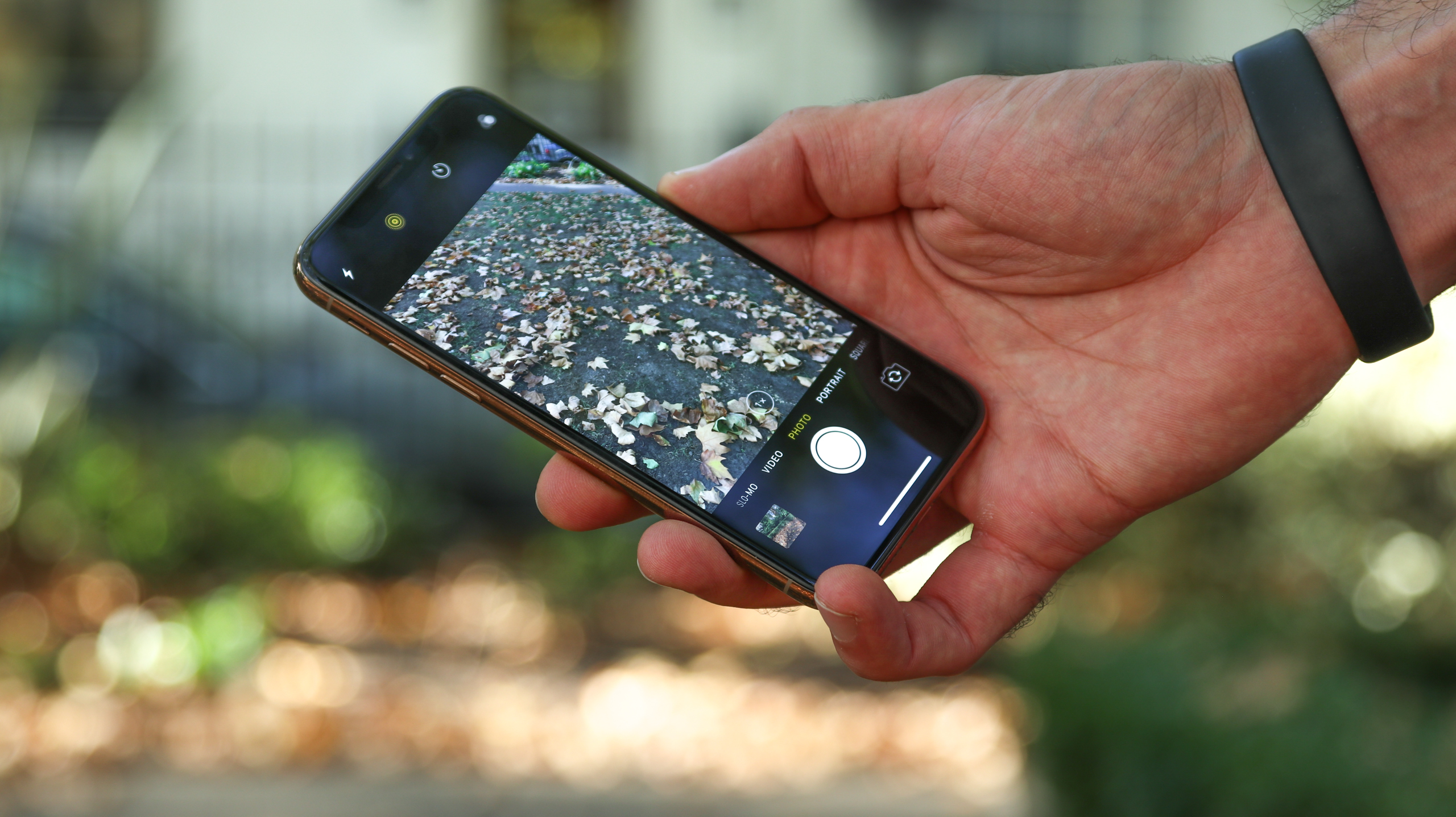
The iPhone 11 also has the upper hand for selfies. Its sensor has been upgraded to 12MP, from 7MP in the iPhone XS. And Apple has had a hand at making up its own term, “slofies”. These are slow-motion selfies, essentially short slow-mo videos you’ll likely share on social media or WhatsApp with friends.
iPhone 11 vs iPhone XS battery
Given that the iPhone XR was a surprise battery champ in 2018, then the longest lasting iPhone, it is no surprise that its successor would prove to have similar ambitions. The iPhone 11 comes with a larger battery pack than the iPhone XS, and with a lower resolution screen and more power-efficient chipset it beats the older model handily.
Though both will see most people through an average day of use with little issue, the iPhone 11 often has charge to spare into the next day, which can be invaluable in certain situations. If battery life is a prime consideration, this model is more deserving of your hard-won moolah.
Both devices are compatible with relevant quick chargers, though the iPhone 11 comes only with the standard iPhone 5W charger, which will take around 3 hours to fully replenish the device. The iPhone XS comes with a 18W charger in the box, which will charge considerably faster and as such will be much handier in a pinch.
Each device also supports wireless charging, but neither comes with a wireless charger in the box.
iPhone 11 vs iPhone XS power
Apple has grand designs for its own processors, and those only begin with the iPhone line. The A12 Bionic debuted with the XS line, and now the A13 Bionic has entered the arena in the 2019 models, offering improved performance and battery life.
Not an app exists in the App Store which can trouble the two, though that isn’t the intent. Apple builds headroom into the performance of its chips to allow for smooth performance years down the line, and with both devices in line to receive around 5 years of upgrades this is only a good thing.
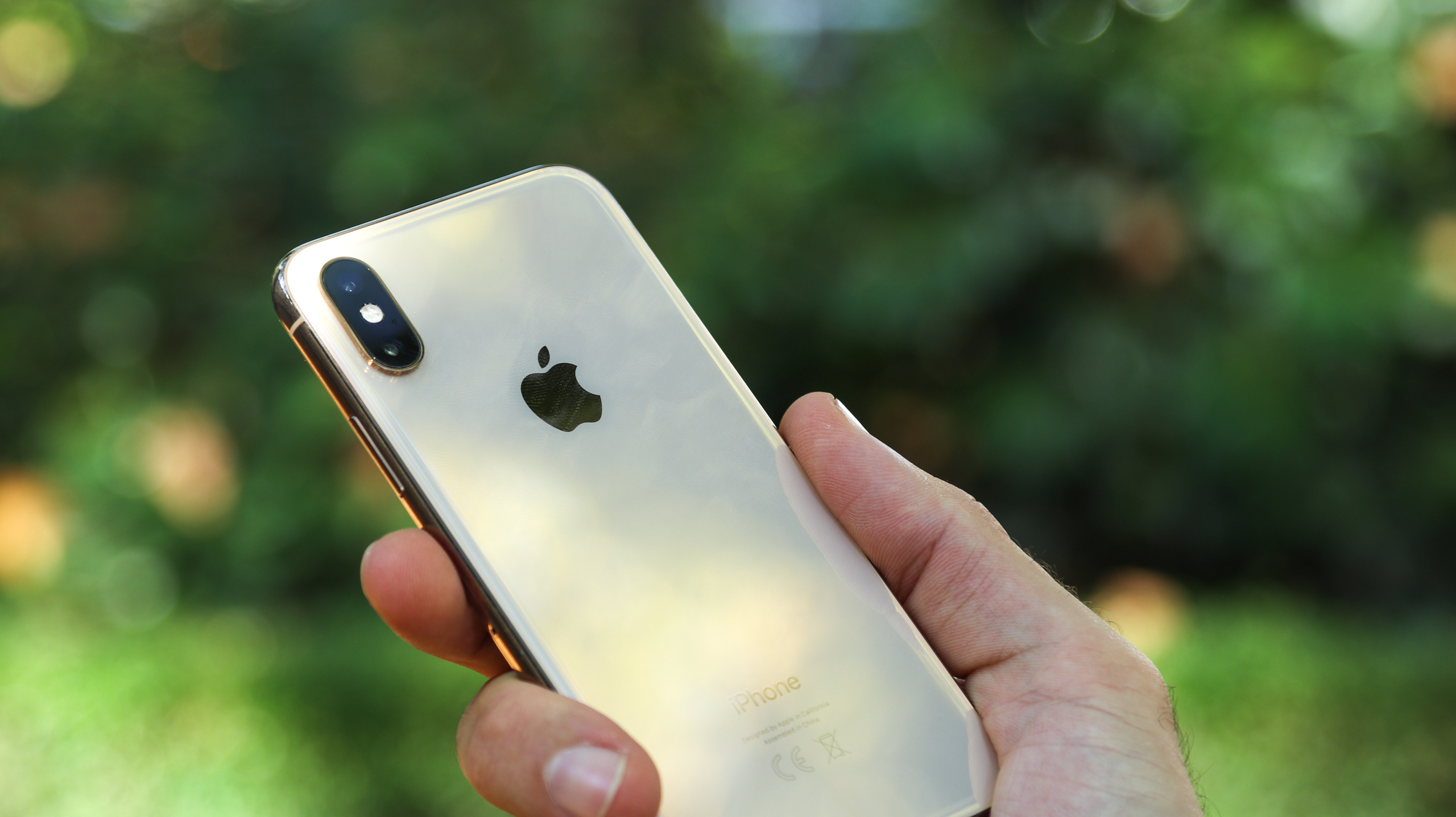
If performance is part of the definition of an iPhone, neither disappoints. Although iOS is becoming more complex, it is a lean operating system which each device is more than capable of blazing through, with neither one feeling noticeably faster than the other.
The slightly more advanced graphical chops of the 11 series should see it pull ahead in certain games however, although this will translate into slightly faster app load times. Neither one will offer an appreciable difference, except in artificial benchmarks.
| Row 0 - Cell 0 | iPhone 11 | iPhone XS |
| Weight | 194g | 177g |
| Dimensions | 150.9 x 75.7 x 8.3mm | 143.6 x 70.9 x 7.7mm |
| OS | iOS 13 | iOS 12.4 |
| Screen size | 6.1-inch | 5.8-inch |
| Resolution | 1792 x 828 | 2436 x 1125 |
| CPU | A13 Bionic | A12 Bionic |
| Storage | 64/128/256GB | 64/256/512GB |
| Battery | 1 hour longer than XR | 2658mAh |
| Rear camera | 12MP + 12MP | 12MP + 12MP |
| Front camera | 12MP | 7MP |
| Waterproof | IP68 | IP68 |
| Headphone jack | No | No |
iPhone 11 vs iPhone XS price
When it comes to price, the picture has become a little complicated. At £729/$699 the iPhone 11 cost less than many expected at launch, being the cheapest mainstream release by the firm for quite some time. It was a repositioning, following the launch of the XR in the previous year, of iPhone towards being a ‘mid-range’ product, below the expensive ‘Pro’ range.
However, when the XS was discontinued the year after its launch, as was normal, something unusual happened. With the launch of the new line, and the discrepancy in various features, the XS line saw a steeper drop in price than other iPhones have in previous years. As such, it is now something of a steal, being available for a comparable or lower price than the 11.
Choosing between the two is therefore a matter of drawing up a list of priorities and seeing which model ticks the most boxes for you personally.
Takeaway
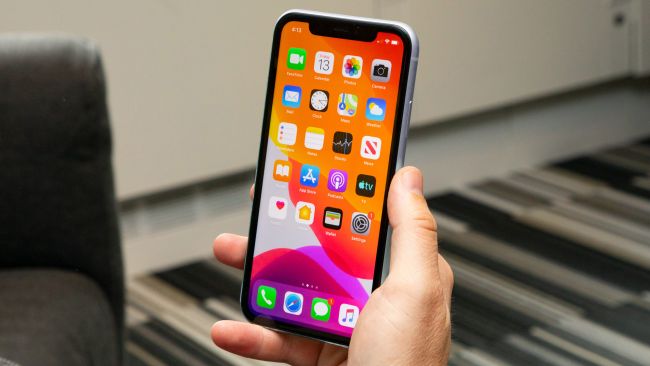
In 2019, Apple cleverly shifted its iPhone marketing. Where some thought of the iPhone XR as the “affordable” iPhone, and perhaps found it less desirable as a result, there’s no R-rated stigma to the iPhone 11. And it even launches at $100 less than the iPhone XR. It is a ‘mid-range’ flagship iPhone, as if such a thing exists.
Since its launch, and across 2020, it has proved to be among the most popular iPhone models available, even as market conditions have become increasingly difficult. For most people it is the easiest recommendation if they are in the market for an iPhone, and even for those more used to Android devices.
Compare it to the iPhone XS and what you miss from a true top-end iPhone becomes evident. There’s no ultra-high resolution OLED screen, no steel sides, no telephoto camera lens and the screen surrounds are thicker in the iPhone 11. Within the context of the pricing, whether these more cosmetic factors will really make a difference is up to you. Where the XS can be found for a similar outlay, the better screen and telephoto camera are balanced out by the Night Mode and better battery life of the 11 - there and upsides and downsides to each.
What’s best will be up to you, but for our money the longer support window of the 11 clinches the deal.
- Our ranking of the very best iPhones money can buy
Sean is a Scottish technology journalist who's written for the likes of T3, Trusted Reviews, TechAdvisor and Expert Reviews.